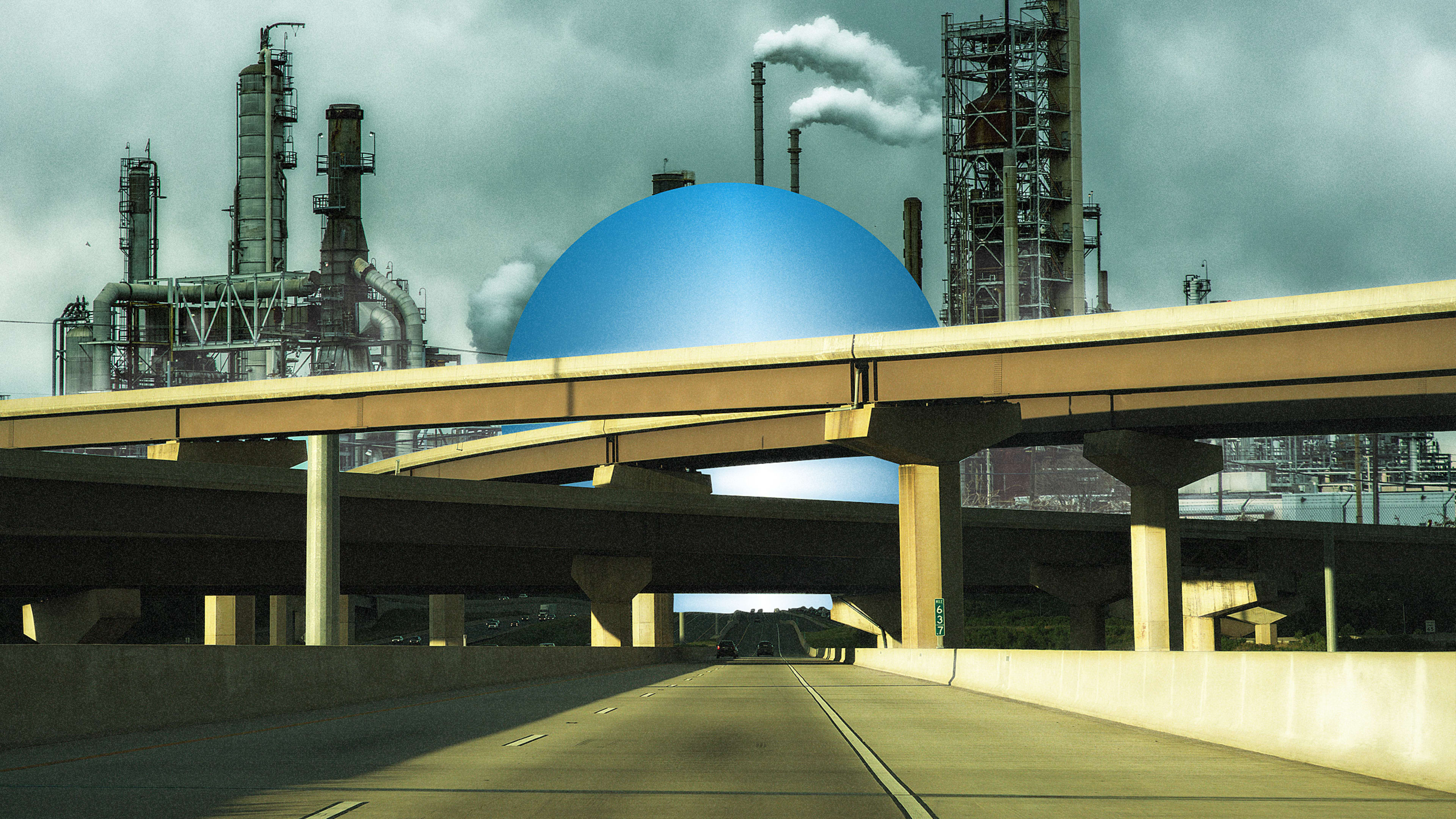To be on track to meet the most ambitious goal of the Paris climate agreement—limiting global warming to 1.5 degrees Celsius—the world will have cut emissions roughly in half by the end of this decade. In the U.S., the Biden administration has said that it’s committed to a 50% to 52% reduction. A new report from America is All In, a coalition of climate leaders pushing for action across government and every other part of society, explains what it would take to make that happen.
“I believe that we can rise to the challenge,” says Michael Bloomberg, the former mayor of New York City, who is now the UN Secretary-General’s special envoy for climate ambition and solutions and cochair of America Is All In. “I also believe in following the data, and our ‘Blueprint 2030’ report dives deep into the data and charts a clear path to halving U.S. emissions by 2030. It won’t be easy, but leaders in cities, states, businesses, and local organizations are already leading the way. And with strong partnership and investment from the federal government, we can get it done.”
One of the biggest transformations needs to happen in the electricity sector, with an 83% cut in emissions by 2030 compared to 2005 levels. The country should commit to 100% clean electricity by 2035, the report says. Businesses should procure 100% clean electricity, on a 24/7 basis, as soon as possible. (Some, like Google, already have.) Government and nonprofits need to help train a new clean energy workforce and support the transition for people who have been working in the fossil fuel industry.
Transportation emissions will need to drop by 39% by the end of the decade, the report says. New fossil-fuel-powered cars and light trucks should be phased out by 2035; medium- and heavy-duty gas and diesel trucks should be phased out by 2045. Businesses should buy zero-emissions vehicles. Government should invest in mass transit and help support installing a million new charging plugs for electric cars.
New buildings should be zero-emissions by the end of the decade; new appliances should be all-electric and energy efficient. Government should invest in helping older buildings—especially low- and middle-income housing—become more efficient and shift to all-electric.
The report finds that the government should require best practices at oil and gas sites to cut methane leaks by at least 60%, incentivize carbon capture and low-carbon solutions in the sectors that are hardest to decarbonize, and mandate new requirements to cut emissions of HFC, refrigerants found in products like air conditioners that are especially polluting. Businesses and government should commit to sourcing the lowest-carbon options for materials like cement and steel. The government should also incentivize more sustainable agriculture and invest in nature-based solutions for sequestering carbon, the report says, including planting more trees in cities and protecting forests from wildfire.
The report goes into more detail about recommended policies, though the exact pathway could change. (Ideally, the transformation would happen even faster than 2030—since we’re already seeing devastating climate impacts in 2021 at only around 1 degree Celsius of global warming.) “We developed our policy platform to reflect that sort of ambitious, whole-of-society approach, but it’s not an exact prescription that says you need to do these specific things to reach the end goal,” says Kevin Kennedy, the report’s lead author and senior fellow at the World Resources Institute. “Rather, it is a toolbox that shows the wide range of approaches than can and should be used to move quickly forward. Our modeling provides one specific example of how to combine these approaches to get where we need to go. The critical point is that we need the federal government, state and local governments, the private sector, and the range of civil society institutions to step up to the plate with as much ambition as they can muster.”
Recognize your company's culture of innovation by applying to this year's Best Workplaces for Innovators Awards before the extended deadline, April 12.
